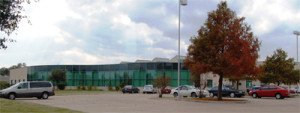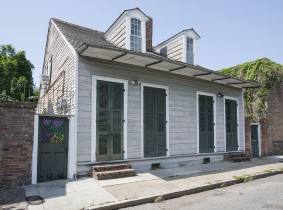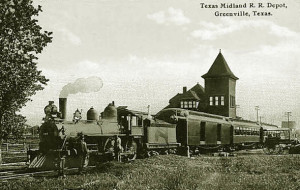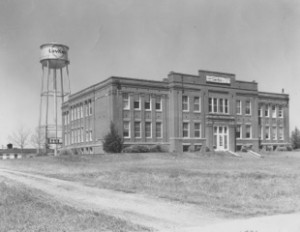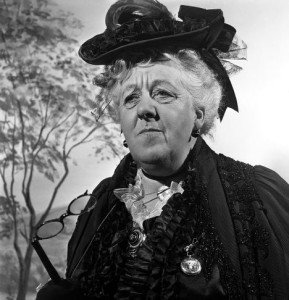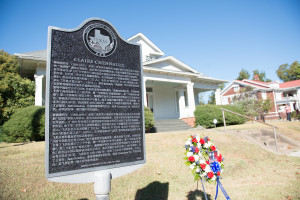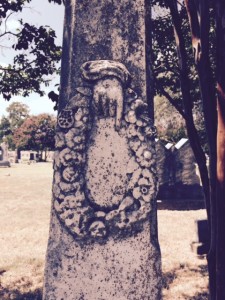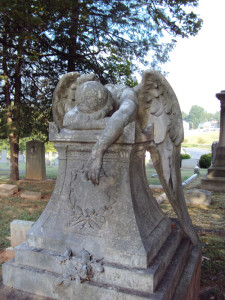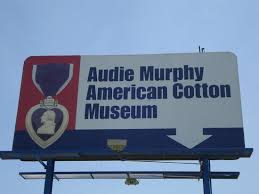
Look for the Audie Murphy American Cotton Museum entrance sign as you travel east or west along Interstate 30 east of Greenville.
With the Christmas holidays upon us, I thought I might offer a suggestion for a local outing. Go to the Museum, specifically the Audie Murphy American Cotton Museum, located on Interstate 30 between Collin Street bakery and the bridge over Cow Leach Creek. It’s in the middle of a very interesting, but little known, area of town. However, that’s a completely different story.
As you drive into the museum grounds, you will see the Ende-Gaillard Home. The lovely white frame Greek Revival house was originally located about two blocks north of the courthouse on Stonewall Street. Fred Ende, whom I mentioned a couple of weeks ago, was a German immigrant arriving in New Orleans in the 1840s. After an exploratory journey up the Mississippi he arrived in Greenville in the 1850s, decided the town needed a good general store, and started in business on the southeast corner of Johnson and Washington Streets.
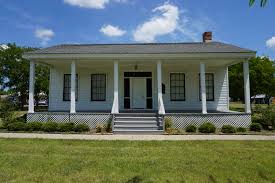
The Ende Gaillard home located on the grounds of the Audie Murphy American Cotton Museum is carefully restored and furnished to its mid 19th décor.
Ende had the house built in 1857 for his new wife Amelia, a very talented woman who did her best to gentrify the community. Amelia put up Greenville’s first Christmas tree in her home that year. Christmas has been celebrated here forever after.
On the other side of the museum road is an old log cabin built by Thomas Jefferson Mays about the same time. The cabin was originally located near Commerce. In the late 1990s it was disassembled and moved to Cooper Lake State Park. When the park closed, it was once again disassembled and moved to the Museum grounds. The two structures seen together give a clear picture of Hunt County history.
Inside the museum are all sorts of wonderful artifacts. I love the real bale of cotton on display. Imagine trying to lift it. There’s a fox pelt, perfectly preserved that can be touched. The tenant farmer’s back porch will make you shudder on a cold day. How did the occupants survive in such flimsy quarters? Walk into the World War I trench. Image the stench, the noise, and the fear of the men who occupied such a spot. Listen to the man and wife as they read letters written during World War II. I bet you can’t walk away with dry eyes.
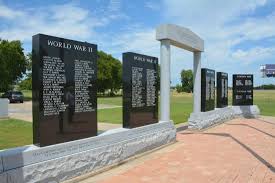
Visit the Wall of Honor dedicated to Hunt County Veterans who have given their lives for their country.
If you notice some construction on one end of the building, take a quick glimpse and move on. It’s a new exhibit that will be fabulous. We have always known that after the first train arrived here in 1880, Greenville became a market center. Multiple rail lines and excellent quality of cotton to export gave the town an economic boom for years. With the markets came stores and services. Museum Director Susan Lanning and her Assistant Director Linda Owens are creating downtown Greenville in the early 20th century. It will open to the public in January.
After enjoying the museum stroll around the grounds. There are a wide variety of farm implements, the statue of Audie Murphy, and the memorials to all Hunt County citizens who died for their country from the Civil War to present.
In fact, I may just take this little break myself. See you there!

